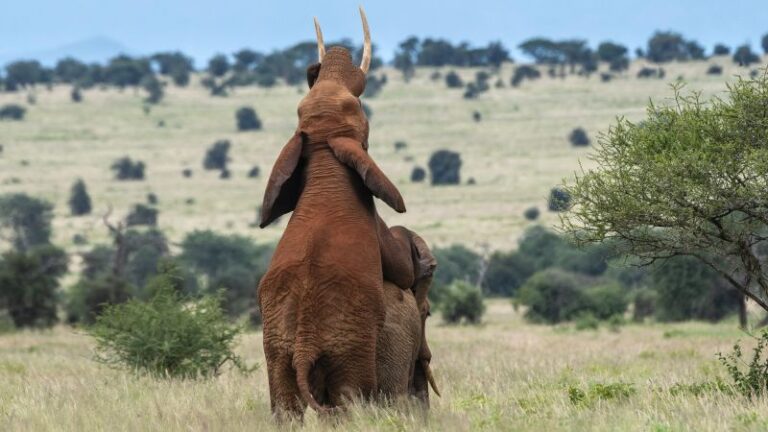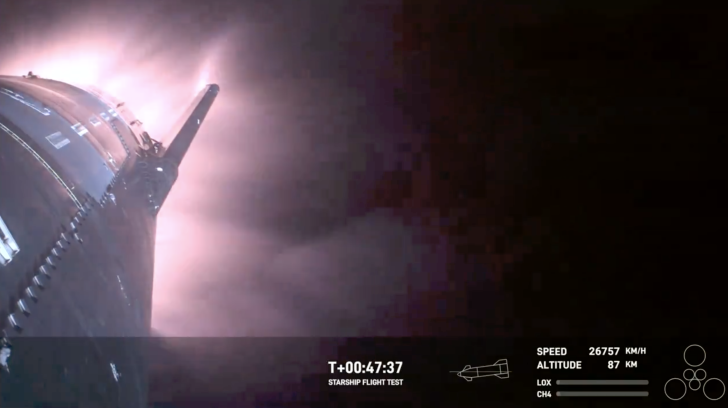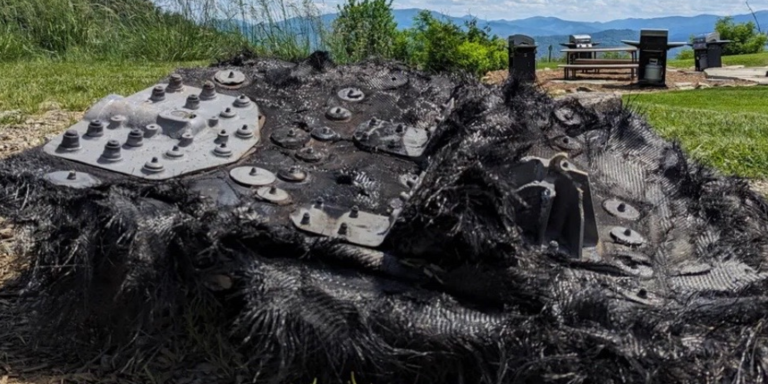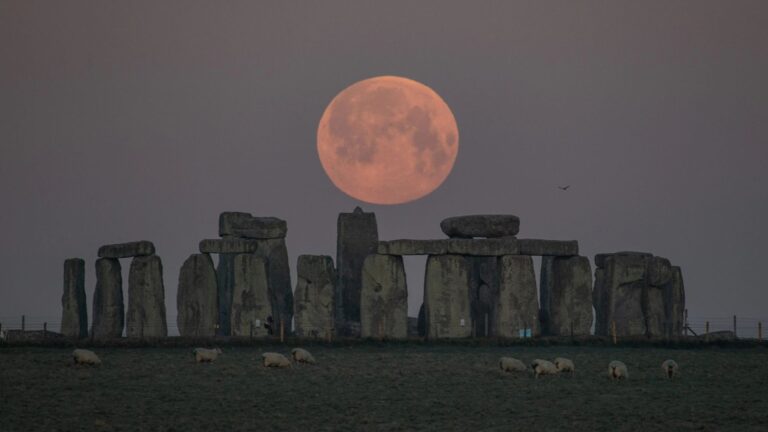What if, in 14 years, a newly discovered asteroid was likely to hit Earth?
But that’s not all. This menacing space rock, about 330 to 1,050 feet in diameter (or 100 to 320 meters), has just disappeared behind the sun, making crucial observations impossible for the next seven months.
To prepare for such a disturbance scenario, NASA just completed an exercise to “inform and assess our ability as a nation to respond effectively to the threat of a potentially hazardous asteroid or comet.” A potential asteroid or comet impact could present a number of uncertainties, which the space agency continued to test during the recent fifth exercise of the interagency planetary defense desk.
“A major asteroid impact is potentially the only natural disaster that humanity has the technology to predict years in advance and take action to prevent,” Lindley Johnson, NASA’s planetary protection officer, said in a statement.
NASA scientist have seen the first images of Voyager. What he saw gave him chills.
Importantly, there are no known asteroids on a collision course with Earth for at least 100 years, and the chances of a major impact in our lifetimes are extremely small, astronomers say. Planetary defense agencies have never had to raise the alarm about a threatening impact—though you’ve undoubtedly seen sensational news stories about threatening asteroids over the years.
“We never issued a warning,” Johnson previously told Mashable. (But they have informed the public what some asteroids of interest are doing.)
“We never issued a warning.”
But, at some point, an impact is inevitable. “Yes, asteroids have hit the Earth over the course of its history, and it will happen again,” notes NASA.
Mashable’s Speed of Light
In the latest asteroid impact scenario, the space agency presented a hypothetical object about 330 to 1,050 meters across that has a 72 percent chance of slamming into Earth. Something in that range, while not nearly the largest class of asteroids, could be extremely destructive. Take the 600-foot-deep “Meteor Crater,” which landed in present-day Arizona 50,000 years ago. The culprit was likely about 100 to 170 feet across, but it created an explosion large enough to destroy Kansas City.
As the hypothetical trajectory below shows, this asteroid passes over some densely populated areas like Dallas, which would almost certainly create a national emergency, even if the exact trajectory is uncertain. The scenario’s impact is expected in 14 years, in July 2038, giving countries a relatively short time to prepare – especially with a seven-month gap in surveillance. From initial observations, the object’s size, composition and trajectory are uncertain.
“To complicate this year’s hypothetical scenario, crucial follow-up observations would have to be delayed by at least seven months — a critical loss of time — after the asteroid passed behind the Sun as seen from Earth’s vantage point in space,” the space agency. said.

A hypothetical asteroid impact scenario created for the Interagency Planetary Defense Desk Exercise.
Credit: NASA

A slide from the Interagency Planetary Defense Tableau Exercise showing courses of action to combat a potential impact.
Credit: Exercise of the Interagency Roundtable on Planetary Defense
This latest planetary defense exercise underscores how critical it is to observe near-Earth objects (these are objects that come within about 30 million miles of Earth’s orbit around the sun). Fourteen years is a rushed timeline.
“You have to know what’s coming, when it’s coming and how hard it’s going to hit,” Eric Christensen, director of the Catalina Sky Survey in Arizona, which searches for NEOs, previously told Mashable.
“You have to know what’s coming, when it’s coming and how hard it’s going to hit.”
Among the courses of action discussed by NASA, FEMA and other partners was a flyby of the incoming object, which would greatly improve our understanding of its composition, spin, velocity and beyond. Will it break into smaller pieces in Earth’s atmosphere? Is it like rubble, or solid? How likely is it to hit the ocean? Also discussed was the major operation, a “Purpose-Built Encounter,” which involves using a spacecraft to deflect an object.
Asteroid deflection is a realistic possibility in the future. In 2022, NASA plunged a refrigerator-sized spacecraft into a stadium-sized asteroid, with the simple hope pushing that. It was an unprecedented and successful test – proving that humanity can change the path of a threatening asteroid, if one ever heads our way. The collision cut the Dimorphos asteroid’s loop around its parent asteroid (they travel around the sun as a pair, or binary system) by 33 minutes and 15 seconds – when the original goal was to change it by at least 73 seconds.

Participants in the fifth exercise of the interagency table of planetary protection.
Credit: NASA / JHU-APL / Ed Whitman
Ultimately, this latest exercise in tabletop influence resulted in a number of “High-Level Uses.” An obvious problem is the uncertainties involved in planning for a potential impact. Participants recommended developing “the ability to rapidly launch a NEO [near-Earth object] “reconnaissance mission”, which may involve reusing the existing ship.
Thankfully, NASA and its planetary defense partners will continue to exercise hypothetical asteroid threats. We need to be prepared, even if the overall risk is low.
The dangers of an asteroid strike
Here are today’s general dangers from asteroids or comets, small and very large. (Importantly, even relatively small rocks are still threatening, as the astonishing 56-foot (17-meter) rock that burst over Russia and blew out people’s windows in 2013 proved.
-
Every day about 100 tons of dust and sand-sized particles fall through the Earth’s atmosphere and burn up immediately.
-
Every year, on average, a “car-sized asteroid” hits the sky and explodes, NASA explains.
-
Impacts from objects about 460 feet in diameter occur every 10,000 to 20,000 years.
-
A “dinosaur-killing” impact from a rock perhaps half a mile or larger occurs on 100-million-year time scales.





